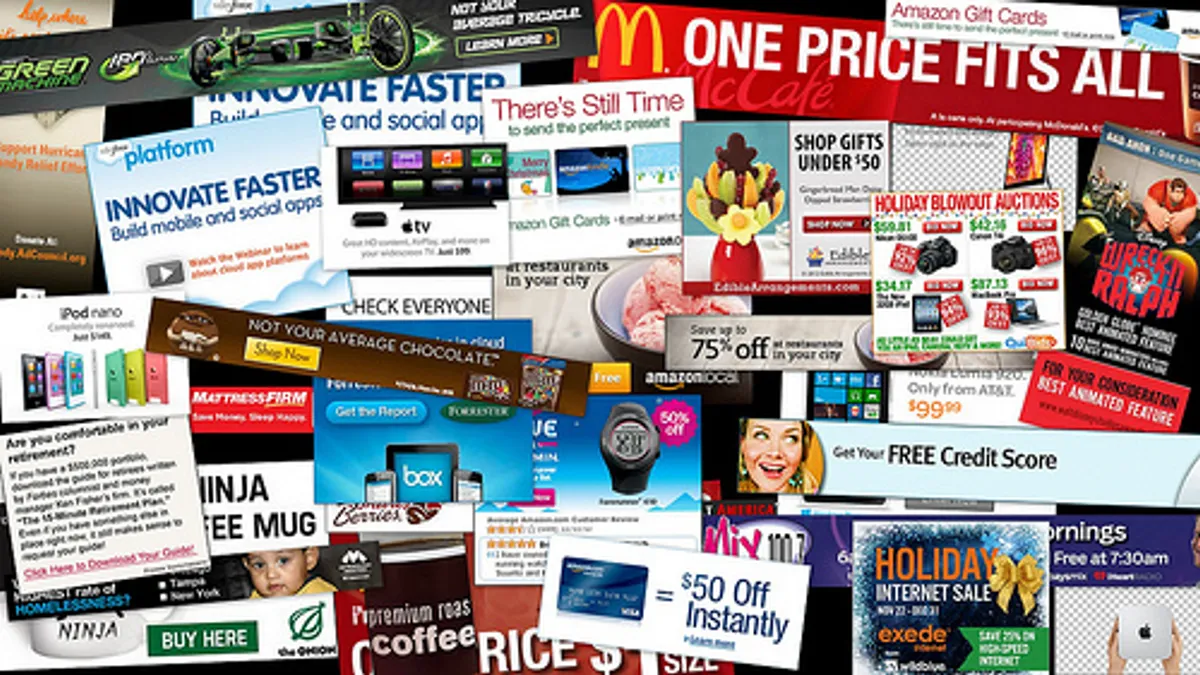It seems as if the world of publishing has finally reached the tipping point when it comes to programmatic buying. An increasing number of publishers are succumbing to industry and advertiser pressure to offer programmatic and real-time bidding options.
In fact, according to a recently released study from IAB, 72% of publishers are now using programmatic publishing technologies. Many publishers have resisted because they believed allowing ad tech to take over their inventory would undermine their premium offerings and hurt their sales overall. Eventually, however, buyer demand dictates change.
In recent months, a few holdouts finally started offering programmatic options. Read on to see how these publishers are approaching the addition of programmatic.
1. GAWKER
One of most recent publishers to change their tune on programmatic advertising is Gawker, an online publication that focuses on media and major happenings in NYC. Previously, Gawker publicly said that advertisers could only buy ads directly from its sales people, but this month, the publication changed its tune.
Now, certain customers will be able to bid for impressions on a real-time basis through demand-side platforms and agency trading desks. The operation will be in full swing sometime next year, but Gawker has already started selling a few ad impressions through a Google-powered exchange.
Erin Pettigrew, Gawker Media’s business development lead, told Digiday the change in heart was lead by a need “to keep pace with the fast-automating display buying market.” Gawker's sales team, meanwhile, is now focused on selling custom programs through the “Studio@Gawker” unit.
The decision to embrace ad tech has also changed the publication's viewpoint on display ads. Last year, Gawker CEO Nick Denton declared in a memo to employees that the “days of the banner advertisement are numbered.” Now the publication is offering more display ads to answer the demands of advertisers.
2. USA TODAY
A little over a year ago, USA Today cut display ad units back to just one per page, but now the Gannett-owned publication is changing directions. More ads are beginning to appear, and the publication started opening up exchanges in March of this year. Officials like David Payne, Gannett's chief digital officer, told Digiday the moves have all been experiments by USA Today to find out what will work for them in the long run.
Since March, the opportunities for buying USA Today inventory have been increasing through different exchanges. The bulk of the opportunities are popping up on Google’s AdX. Following in the footsteps of many other publications, USA Today has set restrictions on who can purchase the inventory, as well as minimum prices.
The shift to programmatic seems to be helping USA Today’s bottom line. The publication reported a 24% increase in digital revenues in Q2, and a 17% increase for the first six months of 2013.
Established, well-respected institutions like The New York Times are often the last to embrace new technology and policies because they have so much more at stake. Other publications sort of look to The New York Times as the standard, but that doesn’t create a lot of opportunity for innovation.
The Times is currently in the process of offering more programmatic ad opportunities. In May, Matt Prohaska was brought on board as the programmatic advertising director, making it clear that the publication was changing course to embrace the practice. In an interview with Beet.TV, Prohaska explains that publishers, understandably, were uncertain of programmatic because it seemed like it was stacked in the buyers’ favor, but that it is really just an issue of offering buyers more transparency in what they are purchasing.
Prohaska said that the Times would be start its programmatic offerings with display ads, as most publishers are doing, but that it will extend to “everything we do as an organization.” Eventually, mobile and video will be available, as well.
Would you like to see more marketing industry news and information like this in your inbox on a daily basis? Subscribe to our Marketing Dive email newsletter! You may also want to check out Marketing Dive's look at how sites mentioned in Forrester's infamous Facebook report stack up.














